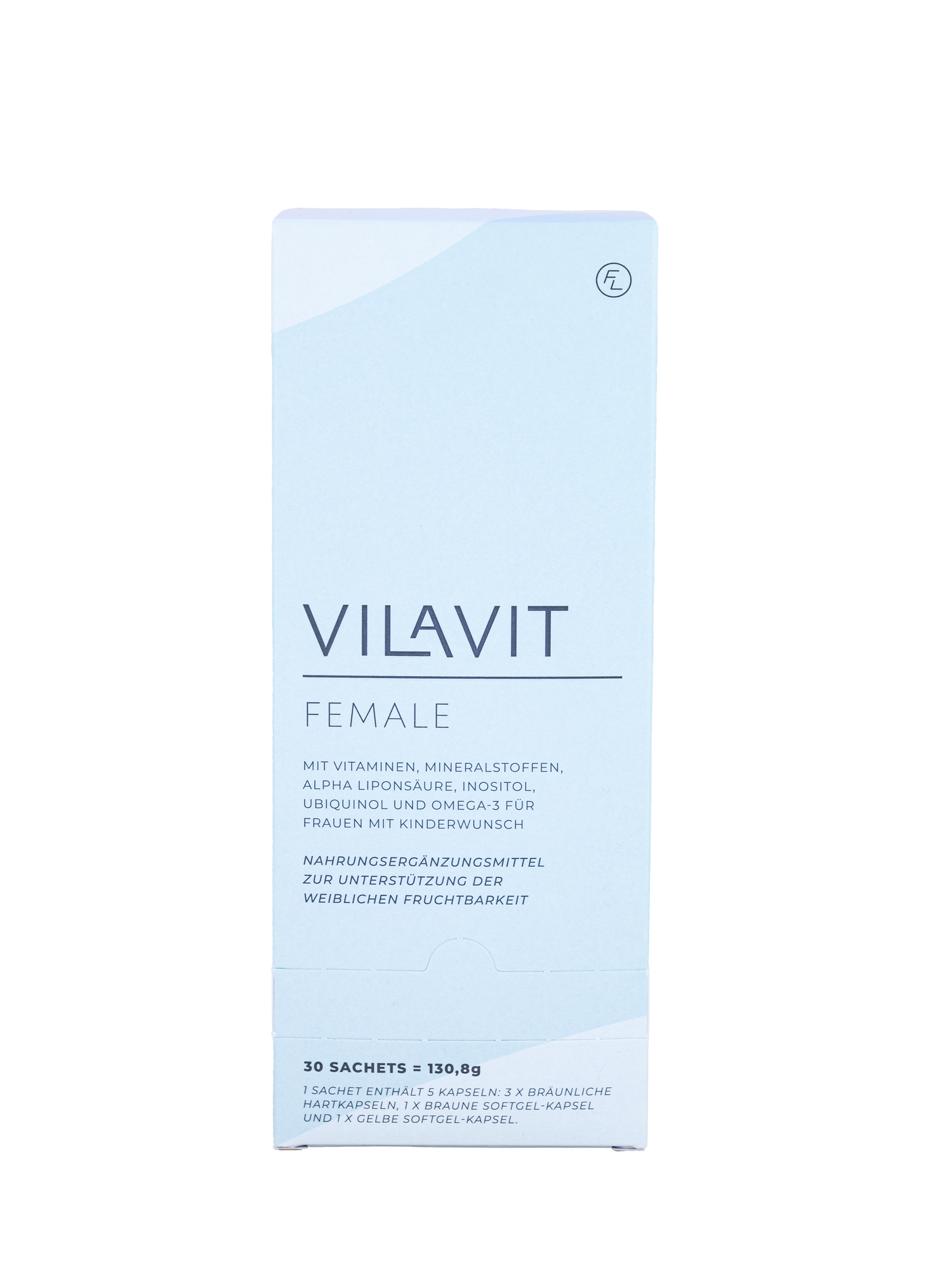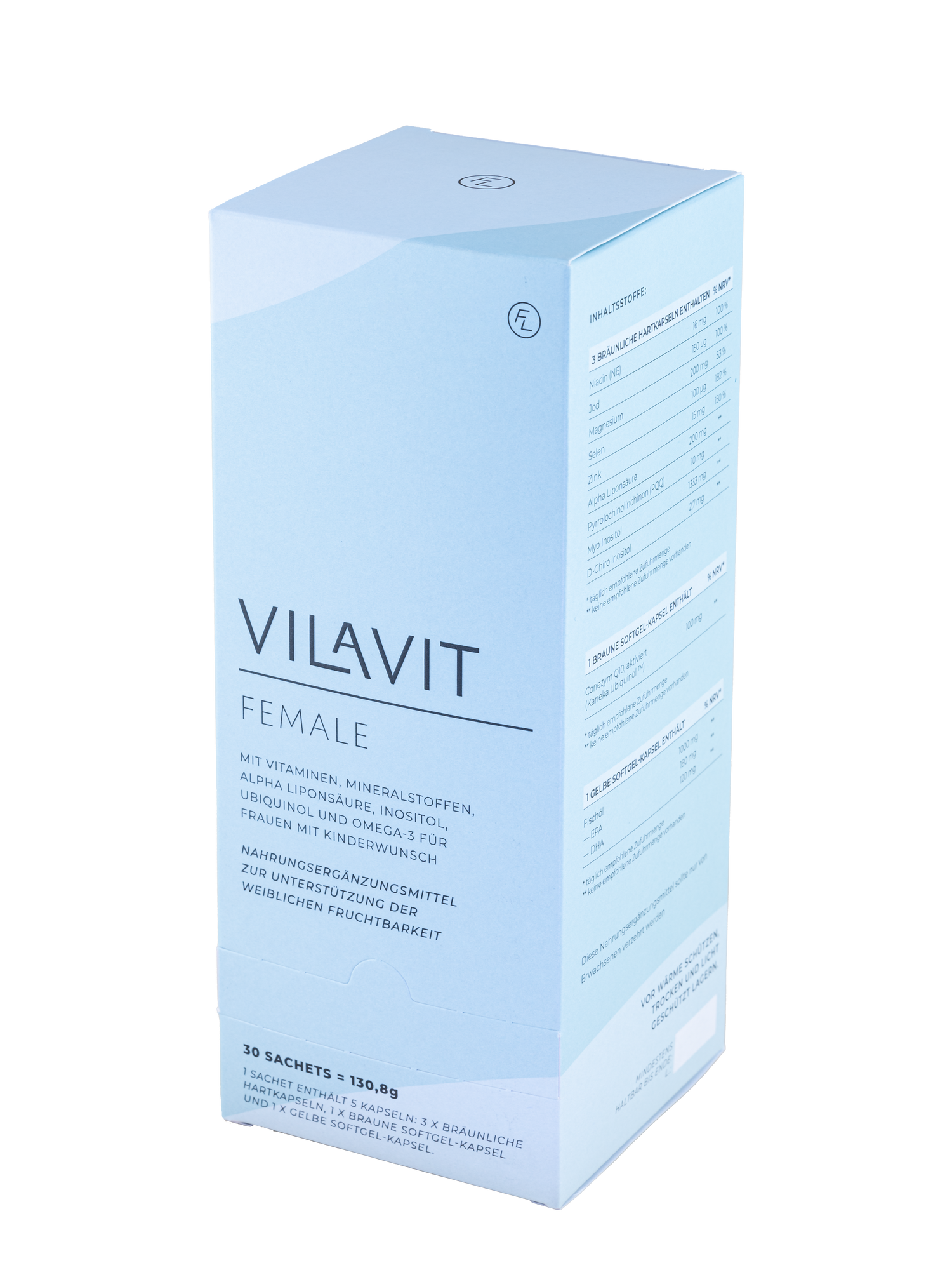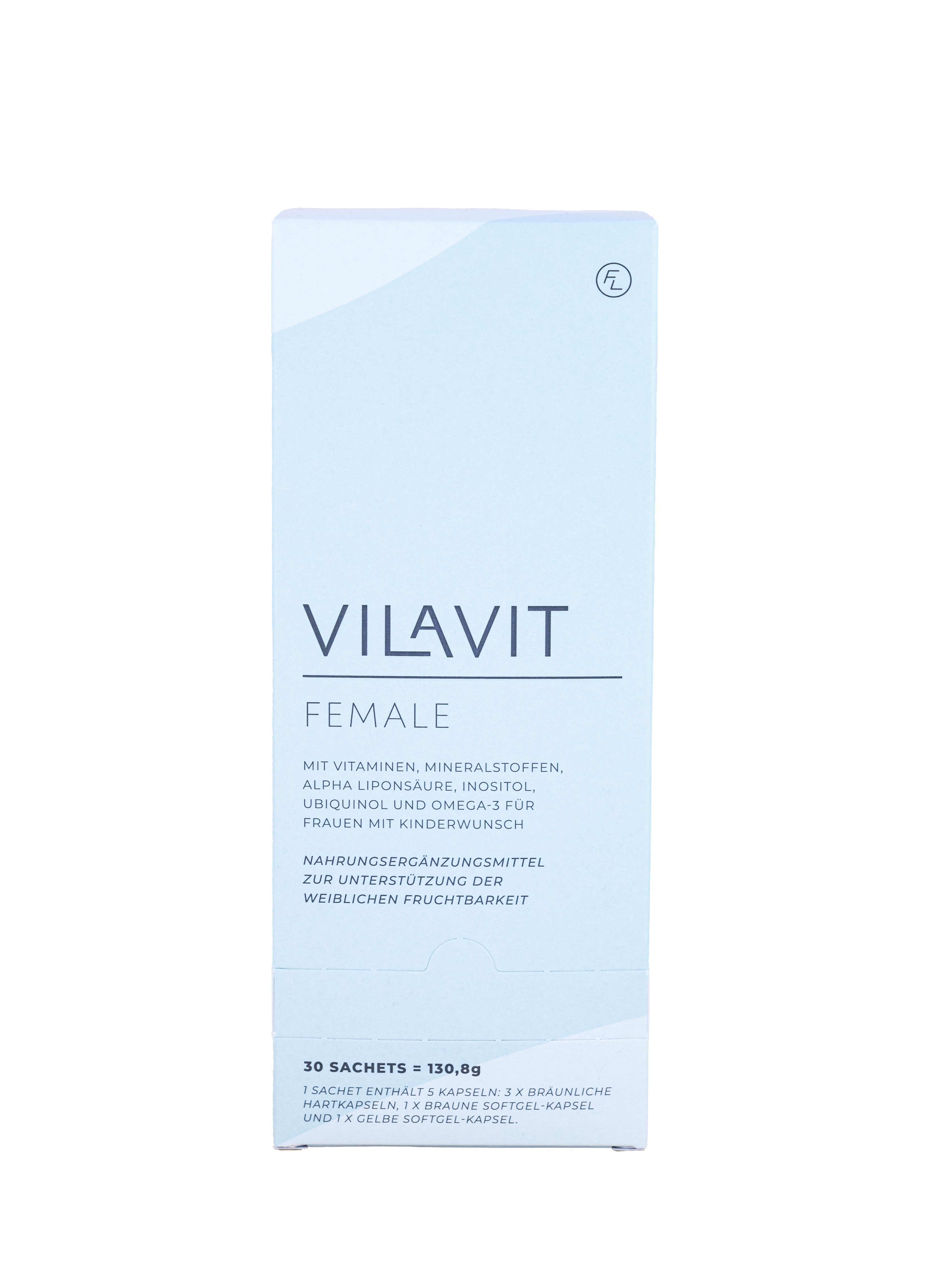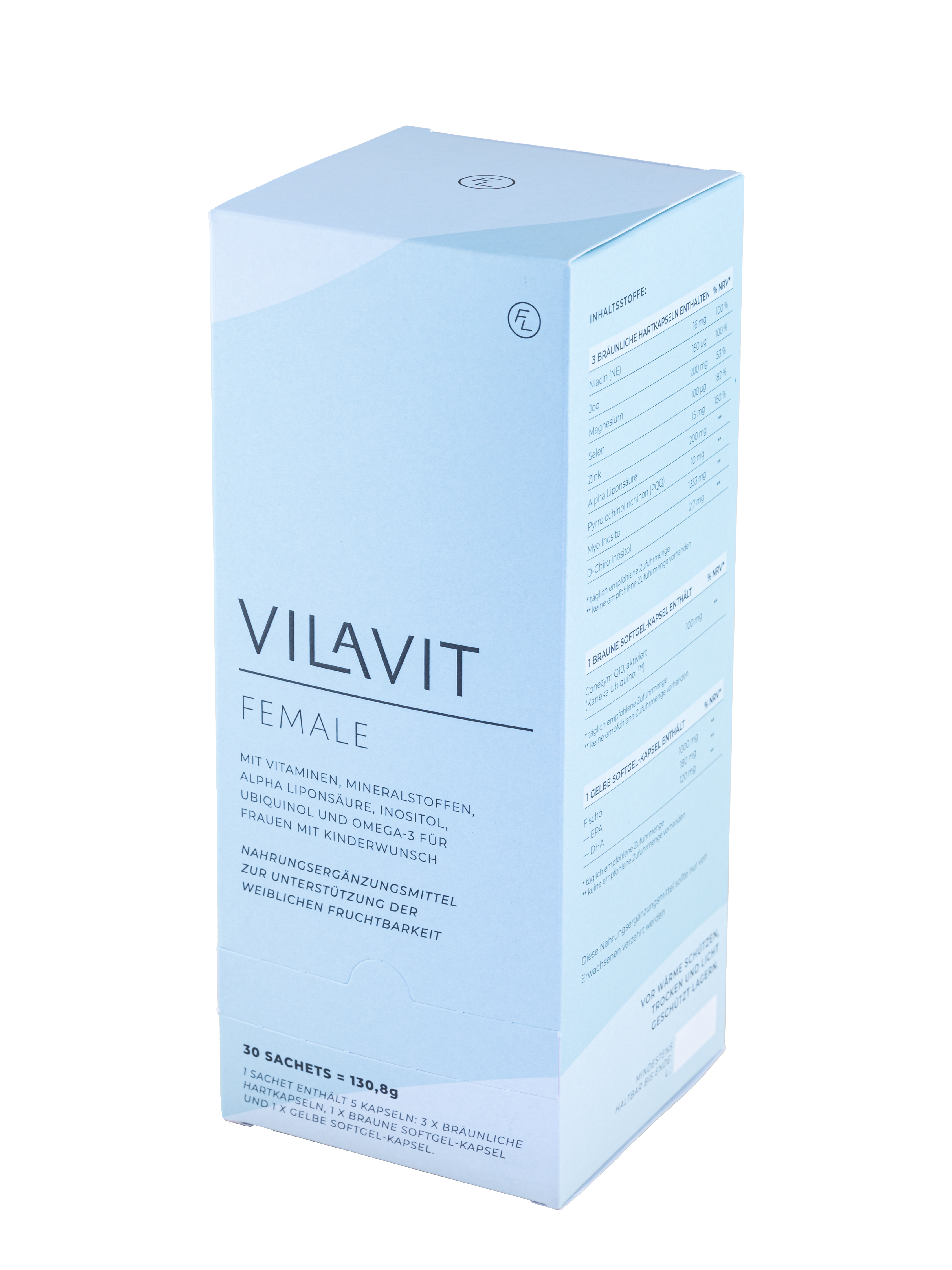Embryo Implantation
Implantation is the attachment of the embryo to the uterine wall during the implantation window, around 6 to 7 days after fertilization. During the implantation window, a period of about 2 to 6 days, the uterine lining (endometrium) usually provides optimal conditions for implantation. It is crucial that the embryo has reached the blastocyst stage and hatched from its shell at the exact moment of receptivity.
When is it considered recurrent implantation failure (RIF)?
Recurrent implantation failure (RIF) occurs when, despite multiple attempts with high-quality embryos in artificial fertilization, no pregnancy occurs.
Causes of implantation failure The causes can be diverse, and the issue of implantation failure is not yet fully understood.
The following factors can influence implantation.
Maternal factors
- Coagulation disorders (thrombophilias)
- Immunological disorders: The embryo is perceived as a foreign body and rejected
- Anatomical changes in the uterus, such as polyps
- Endometrial infections (endometritis)
- Low egg quality
- Genetic predisposition
- Anomalies in the implantation window
Paternal factors
- Sperm quality
- DNA fragmentation of sperm
- Genetic predisposition
Embryo factors
- Reduced embryo quality
- Delayed development
- Genetic changes in the embryo
Recommended tests
The following tests can help clarify the cause of implantation failure:
- Genetic testing of the couple
- Examination of sperm for DNA breaks
- Immunological assessment (blood test)
- Evaluation of coagulation disorders (thrombophilia) (blood test)
- Infection screening (blood test)
- Uterine exploration (hysteroscopy) and examination of the uterine lining (surgical procedure)
- Polar body diagnosis (PGD) of the embryo
- Endometrial receptivity test (ERA test, Endometrial Receptivity Array)
Unfortunately, for some couples, despite a complete examination, no cause can be identified.
Treatment options
Extended cultivation to the blastocyst stage: Cultivating an embryo to the blastocyst stage (Day 5 after retrieval) allows for the observation of embryonic development. Thus, the best embryo can be selected to increase implantation chances.
Heparin treatment: For women with coagulation disorders, treatment with heparin is recommended. This is usually injected until the 12th week of pregnancy.
Antioxidants for egg quality: A healthy egg forms the foundation for a high-quality embryo. Optimal conditions during follicle maturation and egg development are crucial for egg quality.
In the natural metabolism, reactive oxygen molecules (ROS) are produced, which can attack cells and genetic material. Cells have mechanisms to neutralize these molecules, but increased ROS levels can overwhelm the cell – this is oxidative stress. Life stress particularly increases this ROS level.
A high ROS concentration can reduce egg quality, influence the aging process, and decrease fertilization and implantation chances.
Antioxidants can neutralize ROS and positively influence egg quality. Therefore, taking antioxidants in high-quality fertility supplements.
Assisted Hatching: For embryos with a thickened zona pellucida, a hole is punctured to facilitate the hatching of the embryo.
Infusion Therapy: In certain cases, infusion therapy with the active ingredients DHA and EPA of Omega-3 fatty acids can demonstrate anti-inflammatory and immunomodulatory effects.















